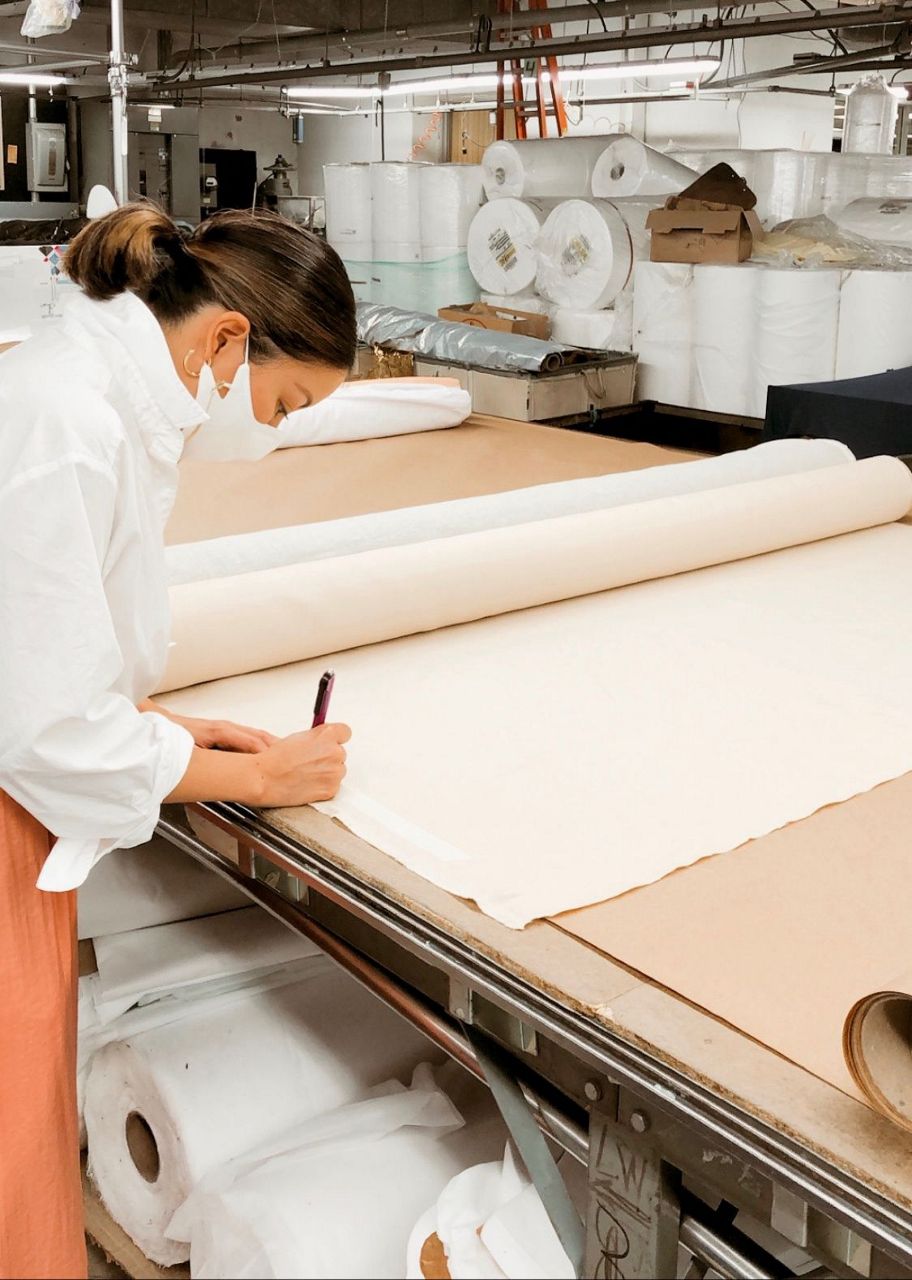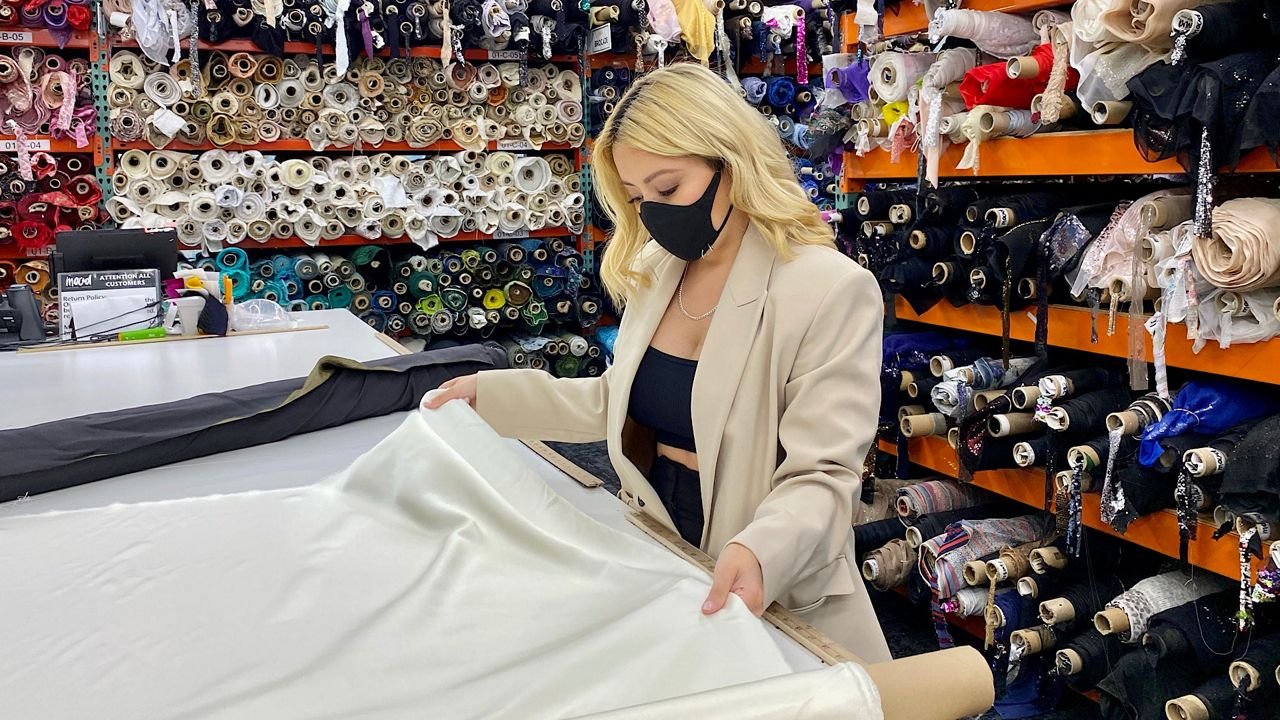When the coronavirus pandemic hit New York City in the spring of 2020, everyone’s life and job drastically changed. For small fashion designers who needed to find a way to stay afloat, that meant making a new accessory that everyone would need to save lives: face masks.
“I was feeling hopeless because I was like ‘wow, these things are so ugly, they don’t look good on and no one wants to wear them,’” Karen Perez, owner of Second Wind, said as she described her first impression of the face coverings.
What started out as a side project of hand-making masks for just a few clients, turned into Second Wind, an online business that would change her life.
But mask usage is not what it used to be, and designers are finding themselves at another turning point in their business.
Before the pandemic, Perez worked as a personal designer, shopping for and styling clients. She, like many other local designers, had to switch gears in March 2020 when those services were no longer needed and her clients began asking her where they could buy face coverings.
When she first started looking, she noted the options were scarce. Medical face masks were hard to find, even for health care workers. And fashion masks sold online would take weeks to come in.
“I decided to just design something I think I would wear and my customers and family would wear,” Perez said. "I wanted to make them comfortable and look more like an accessory piece, not something that you have to wear for protection, something that looks good with your outfit.”
During the first few months she was selling about 30 masks a month. Then, thanks to social media, her business blew up in July 2020, when restrictions were beginning to be lifted, and many New Yorkers grew tired of masks that didn’t fit their faces, outfits and style. The demand for fashionable masks completely changed Perez’s life and career.

She suddenly had to hire more workers, and change her business model to meet the demand of selling thousands of masks each day.
Face coverings not only became a life line for her career, but the staple of her new business. The new accessory saved many other designers as well.
“There are some very successful stories and I think it was overall a boom for the industry to have this project to work on,” said Yeohlee Teng, an independent designer who serves on the board of the Municipal Art Society of New York.
“They were quick. They were quick to take care of the problem, to problem solve, to find good solutions, to keep people occupied, to keep people working,” Teng added, describing how New York designers adapted.
The Centers for Disease Control and Prevention continues to urge people, regardless of vaccination status, to mask up in certain indoor settings, but the demand for masks has gone down.
Perez says she’s pivoting her business to sell other products, including hats and jewelry, and relying on overseas customers.
Perez’s New York and New Jersey-based small business now sells masks in retail stores such as Saks Fifth Avenue, and ships to people around the world, especially in places where vaccines are limited.

“We are very lucky in this country that so many of us are vaccinated, but there are so many countries that are not in the same place as us,” Perez said. “They’re in lockdown or they’re just getting out of their second or third lockdown.”
Other designers who shifted to masks have stopped making them entirely, including New York City-based designer Lauren Gabrielson.
Last year, masks were among her top-selling items. Now, even with masks making a bit of a comeback, she believes most people already have purchased all the reusable masks that they need.
“To have the mask mandate lifted feels like … a good thing,” Gabrielson said. “You have to think of the bright side even if it means I'm not selling masks anymore and making my income that way.”
Perez said masks will always be a staple for Second Wind, in part because she thinks they will always be an item people keep in their back pocket.
Although many New Yorkers have spent much of the summer maskless, Teng believes designers will be ready to go back to creating masks when the need arises.
“The demand for innovation and design and production of masks is going to increase because New Yorkers are very concerned about how they look,” she said.



